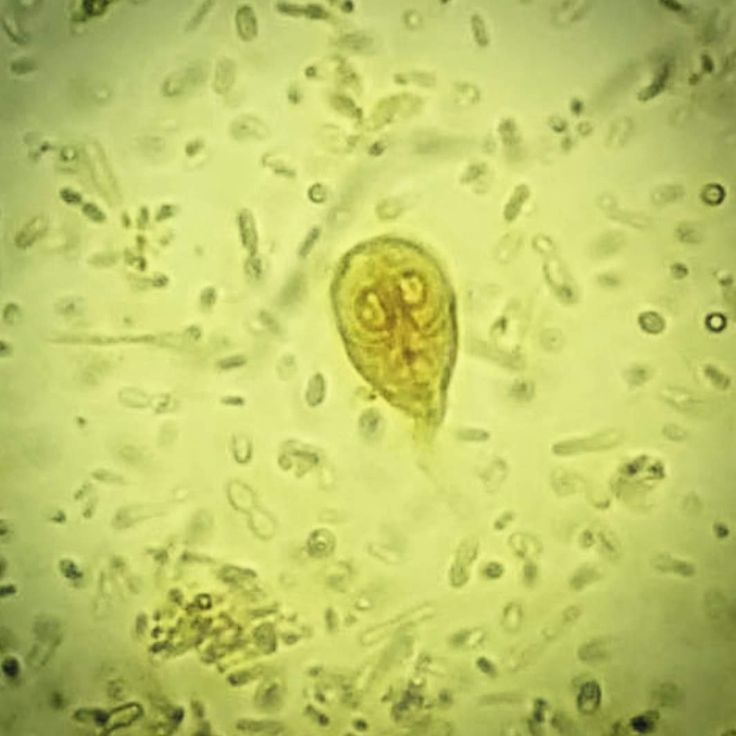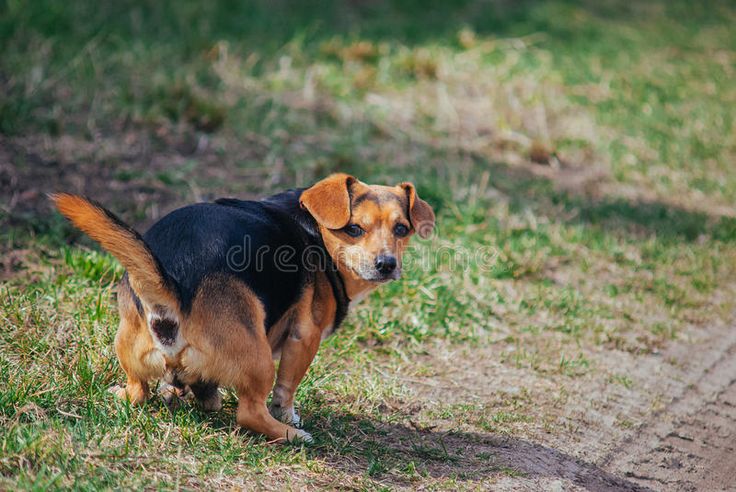Giardia Dog Poop Picture: Understanding, Identifying, and Managing Giardia in Dogs
Giardia infection is a prevalent but frequently neglected health problem in dogs. Knowing how to recognize probable indicators of giardiasis, such as irregular feces, can improve your dog’s health and well-being. In this detailed tutorial, we’ll go over everything about giardia in dogs, including how it affects their poop, why it’s critical to spot giardia-infected stool, and how to effectively manage this parasite. This article provides deep insights, practical advice, and a focus on the keyword “giardia dog poop picture” to ensure you’re properly prepared to care for your pet.
What is Giardia, and Why Should Dog Owners Be Concerned?
Giardia is a microscopic parasite that lives in the intestines of dogs, cats, and even humans. It spreads via ingesting infected water, food, or feces. Once within the body, giardia adheres to the intestinal lining, causing a variety of gastrointestinal symptoms.
Dog owners should be concerned because giardia not only harms a dog’s health but also offers a zoonotic danger, which means it can spread to humans. Recognizing giardia signs early, particularly by detecting giardia in your dog’s stool, is critical for prompt treatment.

What Does Giardia Look Like in Dog Poop?
Giardia dog poop has distinct characteristics that set it apart from normal feces. Here’s what you might notice:
- Texture: Giardia-infected poop is often soft, watery, or greasy in appearance.
- Color: It may appear pale or have a greenish tint.
- Odor: The stool often has a foul smell, stronger than usual.
- Mucus Content: You may notice excess mucus in the stool.
- Blood Presence: In severe cases, traces of blood may appear.
By closely examining your dog’s stool, you can detect abnormalities early and seek veterinary advice.

Why Is a Giardia Dog Poop Picture Important for Diagnosis?
A giardia dog feces photo can be a valuable diagnostic tool for veterinarians and dog owners. Because giardiasis symptoms can be similar to those of other gastrointestinal problems, visual tools can help identify giardia as the cause. Sharing clear images of your dog’s excrement with your veterinarian can speed up diagnosis and treatment.
However, visual inspection alone isn’t enough. Your vet may perform a fecal analysis to confirm the presence of giardia cysts or trophozoites.

How Do Dogs Get Infected with Giardia?
Understanding how dogs contract giardia can help you take preventative measures. Common sources of giardia infection include:
- Contaminated Water Sources: Ponds, lakes, or puddles contaminated with giardia cysts.
- Fecal-Oral Transmission: Direct contact with infected feces.
- Contaminated Food or Surfaces: Eating or licking contaminated items.
- Close Contact with Infected Animals: In kennels, dog parks, or shelters.
Dogs are highly susceptible to giardia due to their exploratory behavior, making prevention crucial.

Symptoms of Giardia in Dogs
While giardia infection often leads to changes in stool, it can also manifest through other symptoms. These include:
- Diarrhea that persists for several days
- Lethargy and reduced energy levels
- Weight loss despite normal eating habits
- Abdominal pain or bloating
- Vomiting in some cases
If you notice these symptoms in combination with unusual stool, giardia should be a top concern.

Diagnosing Giardia in Dogs
Veterinarians use several methods to diagnose giardia:
- Microscopic Fecal Examination: Checking for giardia cysts or trophozoites under a microscope.
- ELISA Test: Detecting giardia antigens in the stool.
- Direct Fecal Smear: A quick, in-clinic test for visible signs of giardia.
Prompt diagnosis ensures timely treatment, reducing the risk of spreading giardia to other pets or humans.

Treating Giardia in Dogs
Treatment for giardia involves:
- Medication: Veterinarians typically prescribe metronidazole or fenbendazole to kill the parasite.
- Hydration: Ensuring your dog stays hydrated to combat diarrhea-induced dehydration.
- Hygiene Measures: Cleaning your dog’s living area and grooming them frequently.
Consistency is key; finish the prescribed medication course to avoid reinfection
Preventing Giardia in Dogs
Prevention is better than cure. To protect your dog from giardia, follow these tips:
- Avoid Stagnant Water: Discourage your dog from drinking from puddles, ponds, or lakes.
- Practice Good Hygiene: Clean up feces immediately, and wash your hands thoroughly.
- Regular Vet Checkups: Routine fecal exams can detect parasites early.
- Sanitize Dog’s Environment: Use pet-safe disinfectants to clean surfaces.
By staying proactive, you can significantly reduce the risk of giardia.

Giardia and Its Impact on Human Health
Giardia is not only a concern for canines; it can also infect humans, particularly young children and immunocompromised people. Because of its zoonotic potential, giardia-infected excrement must be handled with caution. Always wear gloves when cleaning up after your dog, and fully disinfect the area.

Common Myths About Giardia
Myth 1: Only Stray Dogs Get Giardia
Fact: Any dog, regardless of its living conditions, can contract giardia.
Myth 2: Giardia Always Causes Symptoms
Fact: Some dogs may carry giardia asymptomatically, spreading it unknowingly.
Myth 3: Giardia is Always Fatal
Fact: With timely treatment, most dogs recover fully from giardia infections.

Frequently Asked Questions About Giardia Dog Poop
How Long Does Giardia Last in Dogs?
With treatment, giardia symptoms usually resolve within 1-2 weeks.
Can Giardia Be Prevented with Vaccination?
Currently, no vaccine is available for giardia in dogs. Prevention relies on hygiene and environmental management.
Is Giardia Contagious to Other Pets?
Yes, giardia can spread to other pets in the household. Isolate the infected dog during treatment.

How to Handle and Dispose of Giardia Dog Poop
Proper handling of giardia-infected stool is crucial to prevent reinfection or transmission. Here’s what to do:
- Wear gloves when picking up feces.
- Seal the stool in a plastic bag and dispose of it in a trash bin.
- Disinfect the area with bleach or a veterinary-grade cleaner.
Always wash your hands thoroughly after handling infected waste.

Final Thoughts on Giardia Dog Poop Picture
Giardia is a treatable illness if diagnosed and treated quickly. Monitoring your dog’s stool for indicators of giardia, such as unusual color, texture, or odor, is a simple yet effective strategy to keep them healthy. A photo of giardia dog poop will help your veterinarian diagnose the problem and choose the best course of action.
As a responsible pet owner, staying informed and proactive about your dog’s health ensures a happy, healthy life for your furry companion.















Post Comment